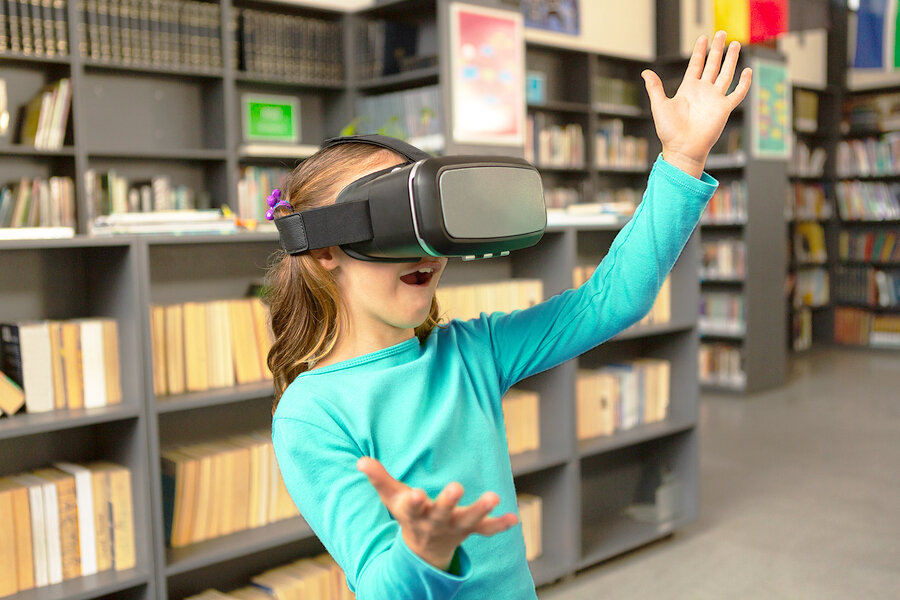Learn about the criteria that will help you generate the most rigorous and quality inputs for your research in the field of Social Sciences, the Humanities, and Behavioral Sciences. With these principles, you can generate more solid conclusions for your research and make better decisions based on the understanding of the event analyzed.
Photo: Bigstock
Higher Education institutions are encouraging teachers, with increasing emphasis, to engage in academic production as a result of the transformation of educational policies and diversification of the roles currently played by educators. Although specialized personnel, such as scientists and high-level researchers, conduct scholarly research, the fact is that most educators are mainly devoted to teaching and educational management, sometimes accompanied by additional activities, such as consulting, clinical consultations or entailment.
The term “academic production” usually refers to specialized texts that seek to communicate findings drawn from empirical or theoretical research. However, there is more than one form of research, which can be classified into at least two general types: basic research and applied research.
“Basic research occurs when the teacher or researcher wishes “to fill a knowledge gap” that is, the lack of information in a specific field of knowledge.”
Both basic and applied research requires inputs for their derivation. In other words, the information analyzed, particularly when it is empirical (obtained in the field), should meet the criteria that assure, to a certain extent, that it is valid and reliable. In this way, the interpretations and conclusions reached by those who conduct research will be adequate.
Therefore, to answer the initial question asked in this article, we will be considering both types of research. The first type, basic research, is generated when the teacher or researcher wants to fill a knowledge gap, which, rather than information the researcher does not know, is the shortage or lack of data in a specific field of knowledge. Hence, the expected product of research is information that increases knowledge, thus generating knowledge that enriches disciplines. Examples of initial basic research questions could be: What are the components of a culture of leadership in a specific context? Or, How does leadership impact teachers’ wellbeing?
Basic research is usually based on records obtained employing techniques such as interviews, discussion groups, observation or surveys, relying on controlled instruments created for specific purposes, such as scripts, questionnaires, checklists, among others.
“Applied research occurs when the teacher or researcher observes a problem that requires solution; this type of research is usually of greater interest because most of them seek to solve challenges related to learning, teaching or other factors associated with teaching practice.”
Applied research, the second type, occurs when the researcher or instructor observes a problem that requires a solution and turns to scientific knowledge for proposals. In these cases, researchers ask a question about the implementation of actions, i.e., an intervention. Examples of these questions are: How can students be motivated? Or, What strategies would decrease class absenteeism?
In my opinion, applied research tends to be of greater interest for teachers, most of whom are typically concerned about resolving the challenges that arise in topics such as learning, teaching or other factors associated with teaching practice. Educational innovations also fall into this category. Applied research also makes it possible to observe results and measure changes, which is usually highly satisfactory for the implementers.
In applied research, the most useful inputs for publication are usually: records with descriptions of the problem to be addressed; evidence supporting the initial states and advancements; recording the strategy developed to solve the problem and the evaluation that corroborates its effectiveness; and even the documentation of the experience itself.
In this regard, using contrasted groups is not always necessary, although it was the norm in the 1960s when researchers intervened in a group of students and used another control group with whom teaching did not improve. It would be more useful to establish, before the intervention, the criteria and goals that will serve to solve or revert the problem detected.
In both of the two types mentioned above of research, basic or applied, the information obtained must meet quality criteria to produce a valuable publication. At this point, it is worth addressing the concept of validity explained by Joseph A. Maxwell in 1992, which mainly encompasses three criteria.
● First criterion. Assure thoroughness in recording data, according to the technique selected. There must be complete recordings of interviews and observations; detailed, in-depth records; full transcriptions of interviews or focus groups; controls of the instruments used in surveys to guarantee that the respondent understands the question or that exams evaluate precisely what the examiner wants to assess. In short, records must be accurate to enable the teacher or researcher to appropriate as fully as possible the event studied.
● Second criterion. Guarantee that the conclusions drawn from the data adhere to the participants’ interpretations, rather than the ideas of the researchers and the way they understand the event. When the latter occurs, it is usually said that the research is biased. Reading similar works helps to articulate the results and give the study internal validity. Bias, tendentious judgements and the absence of theory can affect interpretative validity.
● Third criterion. The selection of participants is central to the production of valuable inputs for educational research. In quantitative methods, this selection is usually performed through random methods that guarantee the representativity of all the components. In qualitative methods, the sample should not be built randomly, but integrated with the purpose of making it possible to observe all the variables of the phenomenon being studied.
Assuring the fulfillment of these three criteria when producing information creates a solid methodological base that diminishes bias and increases the value of the research inputs. The aim of adhering to these three criteria is to obtain knowledge and conclusions and, in this way, the phenomenon we are studying for research, intervention or instruction purposes will be dimensioned in its correct proportions and allow us to make better decisions grounded in the proper comprehension of the event analyzed.
As a first step for your research, I would like to invite you to share with the community of readers the research question you hope to solve and tell us which inputs you have. Also, if you have any questions, please feel free to contact me by email. To learn more about this topic, I can recommend the following references:
Recommen
ded references
● To identify your research question:
GARCÍA, F., & GARCÍA, L. (2005). La problematización. Etapa determinante de una investigación. Instituto Superior De Ciencias De La Educación Del Estado De México. https://psicomaldonado.files.wordpress.com/2014/07/la-problematizacic3b3n.pdf
● To learn more about quality in qualitative research:
Maxwell, J. (1992). Understanding and Validity in Qualitative Research. Harvard Educational Review, 62 (3). 279-297. http://www.msuedtechsandbox.com/hybridphd/wp-content/uploads/2010/06/maxwell92.pdf
● To learn more about my academic production:
Google Scholar Citations https://scholar.google.com.mx/citations?user=odrQI1AAAAAJ&hl=es OrcID: https://orcid.org/0000-0002-5077-8879
About the author
Claudia Navarro-Corona (c.navarrocorona@gmail.com) is a research professor at Tecnológico de Monterrey. In 2015, COMIE (Mexican Council on Educational Research) recognized her graduate thesis as the best educational research work in Mexico in the 2014-2015 biennium.
This article from Observatory of the Institute for the Future of Education may be shared under the terms of the license CC BY-NC-SA 4.0 
)
)







)
Warner Alonso Salazar León
Warner Alonso Salazar León
Warner Alonso Salazar León